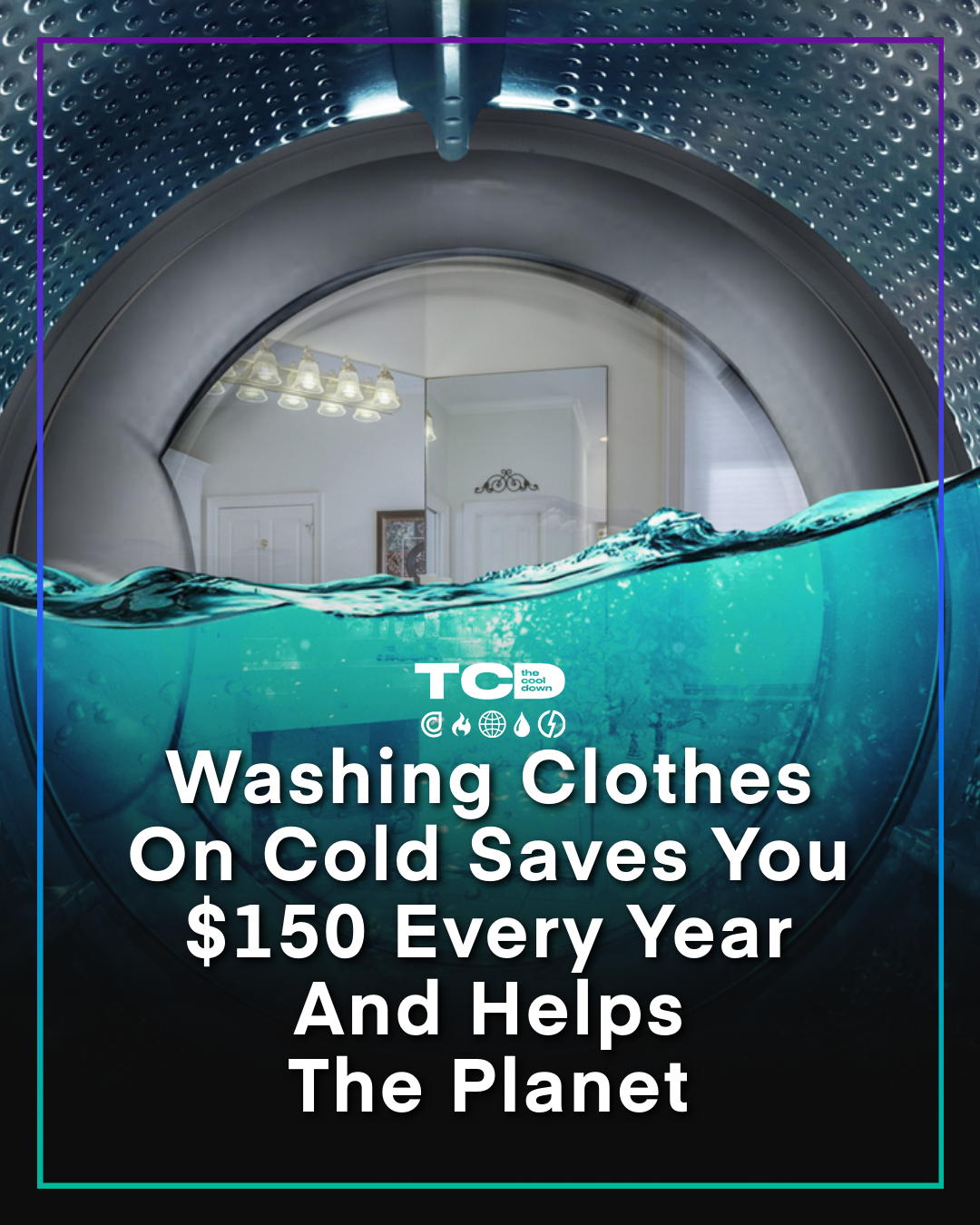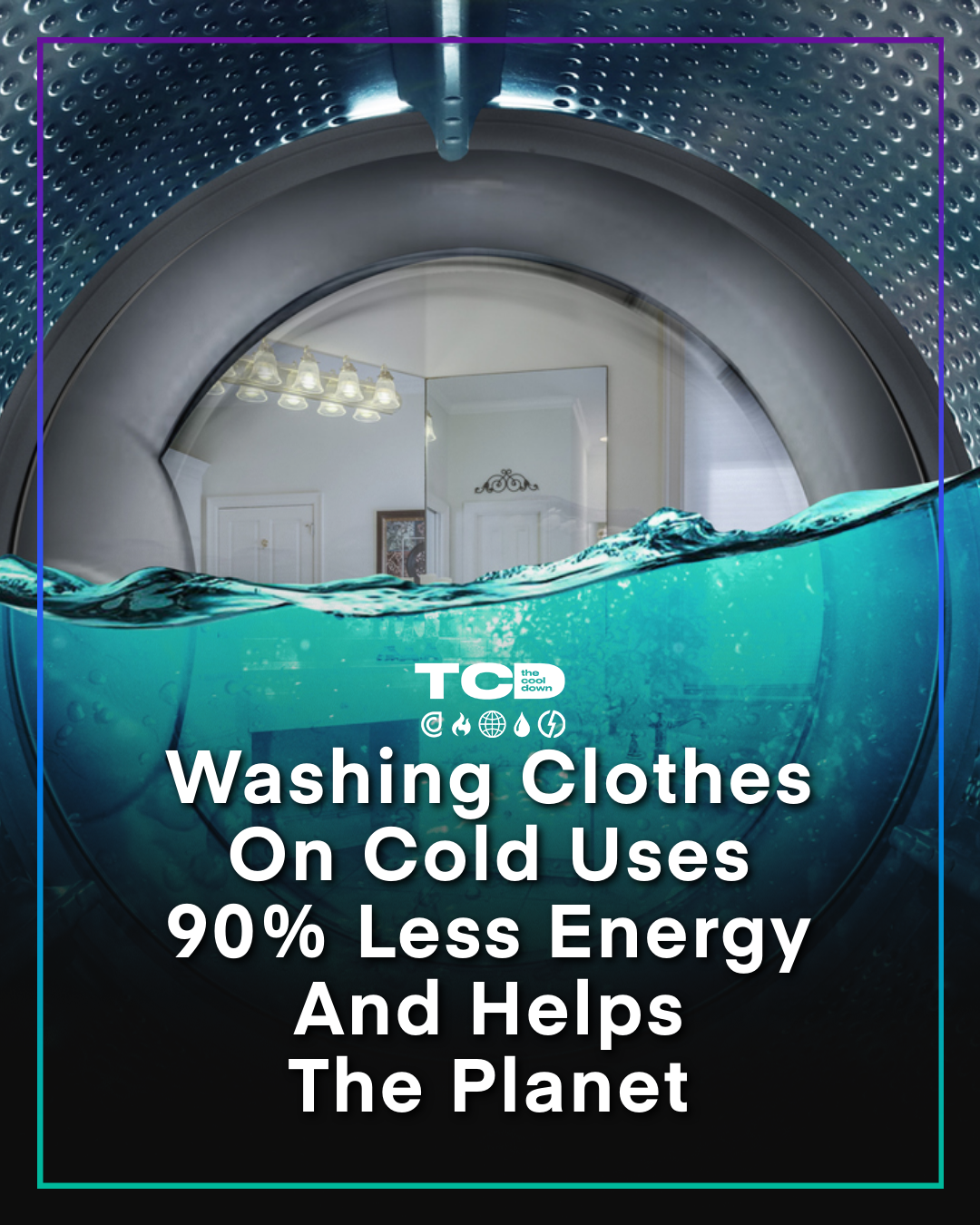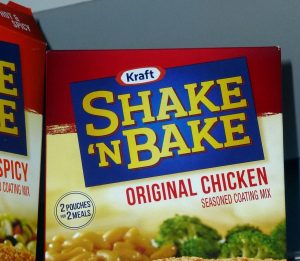Setup
The focus of the test was consumer motivations in adopting sustainable laundry habits. To that end, the two assets were designed to test performance across the following A/B split:
- AMessaging strategies foregrounding the cost savings of a cold wash
- BMessaging strategies foregrounding the energy savings of a cold wash
 A
A
 B
B
Test Results
Attention Share and Engagement Share reflect the percentage of test-wide scoring accounted for by individual variants or demographics. Read more below in the Methodology section.
Aggregate Insights
Messaging around energy savings and environmental benefits produced slightly more attention at the top of the funnel, but messaging around cost savings and environmental benefits produced markedly more engagement deeper down the funnel.
The strong engagement advantage of the cost savings asset suggests that marrying financial and environmental benefits in one message — c.f., "...and helps the planet" in the test asset — is an optimal strategy for motivating consumers.
Further testing could explore variations of the environmental message — e.g., "helps the planet" vs. "reduces pollution" vs. "fights global warming" — to determine which environmental benefits matter most to sustainably minded consumers.
Gender-based attention and engagement shares reflect the relative attention or engagement per gender for each variant. Read more below in the Methodology section.
Gender Insights
The male audience paid comparable attention to both assets but engaged with the cost savings asset at a markedly high rate.
The female audience paid more attention to the energy savings asset but engaged with both assets at comparable rates.
Further testing could target the male audience with financial messages related to other laundry habits — e.g., saving money with powdered detergent — to determine whether the strong engagement with savings opportunities holds for other behaviors.
Age-based attention and engagement shares reflect the relative attention or engagement per age bracket for each variant. Read more below in the Methodology section.
Age Insights
The test population skewed toward participants over 45, who demonstrated a preference for the cost savings asset.
Engagement preference for the energy savings asset was concentrated in the small sample size of the 18-24 audience.
The strongest relative preference for the cost savings asset and highest overall attention and engagement was seen in the 25-34 audience.
Further testing could target the 25-34 audience with financial messages related to other laundry habits — e.g., saving money with powdered detergent — to determine whether the strong engagement with savings opportunities holds for other behaviors.
Methodology
This test was conducted with two message variants and a prequalified TCD audience of 1,882 likely adopters. Among those participants, 11.4% paid measurable attention to the test assets and 8.6% registered measurable engagement.
Attention Score measures the likelihood that a message will capture eyeballs in the wild. It’s calculated using the rate at which test participants respond to a CTA to learn more about the subject.
Engagement Score measures the likelihood that a message will elicit a meaningful response from the audience. It’s calculated using a proprietary algorithm that weights measurable metrics — shares, saves, likes, etc. — in a way that has proven to be meaningfully correlated (r > .5) to real-world conversion behavior.
Attention Share and Engagement Share reflect the percentage of test-wide scoring accounted for by individual variants or demographics. For example, an engagement share of 25% means the variant or demographic in question accounted for 25% of the cumulative engagement score produced by all segments in the test.







